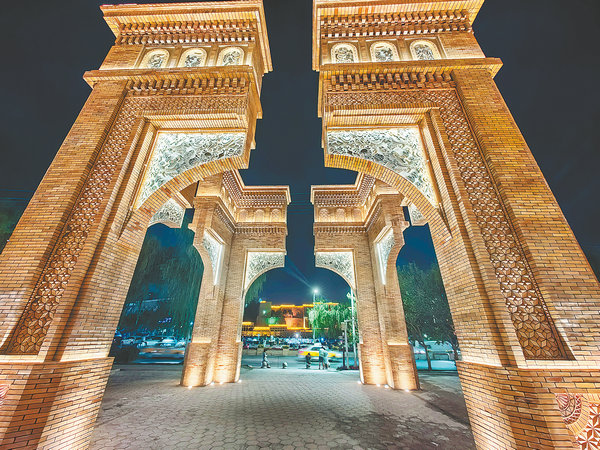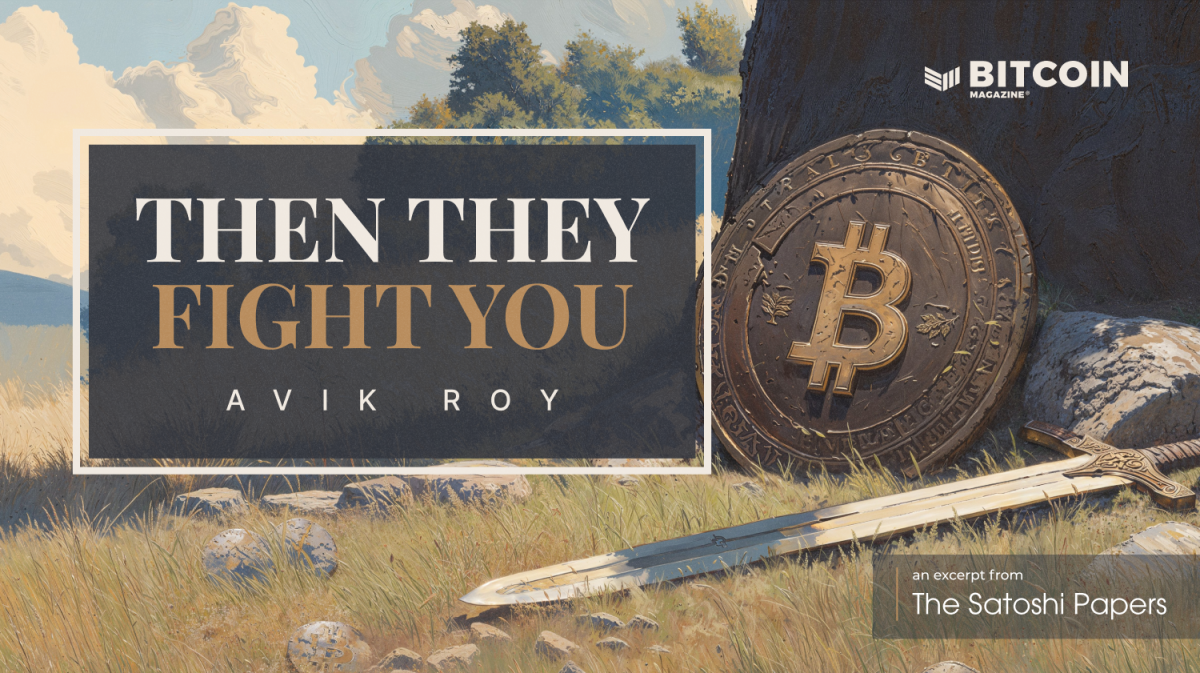Yesterday's "Ancient Kashgar" and today's "Museumized Kashgar" from the perspective of foreigners
It is known that the Chinese government is targeting Kashgar, the cradle of Uyghur culture, in destroying Uyghur culture and customs. In particular, in recent years, reports of the so-called "development and prosperity" of the holy land by the Chinese authorities reveal that China is trying to assimilate Chinese culture in place of the ancient Uyghur cultural traces in the Uyghur land."Among the cities that are continuously developing with the passage of time, Kashgar, where the bells of camels can be heard on the Silk Road more than 2,000 years ago, today is gaining unparalleled development with the nourishment of the glorious Chinese culture." These sentences are among the propaganda that has been repeated in the Chinese media about the "new look" of Kashgar city in recent times. Indeed, various economic, trade and tourism development campaigns aimed at Kashgar in recent years have been aimed at turning this ancient Uyghur land into a real tourist destination by "museumizing" the lively and dynamic culture of Kashgar city for centuries. Undoubtedly, the Chinese government's political ambitions of Chineseization and consolidating its regime are becoming one of the key points that some foreign experts studying the Uyghur culture abroad are also paying attention to. Margareta Wennfors Höök, the author of the book "The Woman Crossing the Himalayas", who lives in Sweden, was interviewed by our radio station about this. He said that he was born in the Himalayas when his parents went to Kashmir as part of a Swedish medical team in the 1930s. Mrs. Margareta said about the ancient city of Kashgar, which she visited in later years.“I had the opportunity to visit Kashmir in 1998 and I am very happy. My parents said that in the 1930s, they went to Kashmir for the first time with a Swedish medical task force. We have many pictures taken in Kashgar and old photos of Kashgar. My parents have many photographs of the markets and street scenes of Kashmir when they were working in Kashmir. These photos and documents are now stored in "Samuel Friend Ness, east Turkistan Collection, International Archives in Stockholm" (Samuel Friend Ness, east Turkistan Collection, International Archives in Stockholm).Mrs. Margaretha, who visited Kashgar in 1998, remembers Kashgar in her youth."When I visit Kashgar, of course, it's amazing to see the traffic jams, the tall buildings, and the bright lights at night. Because there was not a trace left of the old state of Kashgar and the smell of the old era. I think any old town should have a really substantial core. Sweden has a good example of this. That is, the city of Visby is surrounded by a city wall. All the buildings within the city walls are from ancient times, and the roads here are still intact. No skyscrapers.”Dr. Patrick Hallzon, a researcher at the Institute of Turkology at Uppsala University in Sweden, commented on this matter to our radio station. He mentioned that China has been trying to turn Kashgar into a so-called "luxurious industrial tourism city" for several years, and shared his opinion on this matter with listeners.“We know that Kashgar is one of the oldest cities in the world. Today, however, it has become an important tourist destination. Kashgar is one of the most important trading cities along the Silk Road and is a place of special cultural significance for the Uyghurs. But now we know that the winding roads and traditional markets surrounding the city walls have been destroyed. Today, however, the city is promoted as a historical region in Chinese tourism campaigns. But in reality, most of what visitors see are newly built places. "So, recently, almost all parts of this historic old city have been demolished, and most of the traditional settlements have been completely destroyed."Mr. Patrick Halzon also emphasized the importance of introducing Uyghur culture and customs to the outside world, including the rich culture of Uyghur music. However, he believes that the current Chinese government is somehow turning Uyghur music and traditional clothing customs into a non-existent element in their tourism campaigns about Uyghur people and Kashmir. He added:"I think there are a lot of problems with tourism here that tourists don't see. Because in this tourist area, an unprecedented level of cultural genocide is taking place in China since the Great Cultural Revolution. However, there is a hidden tragedy in the tourist areas of hundreds of thousands of innocent people that the Chinese government should take responsibility for. Also, thousands of mosques, cemeteries and shrines in Kashmir and other parts of the Uyghur region were reported demolished or vandalized. In addition, we also know that many Uyghur intellectuals have been silenced, disappeared or imprisoned."When Dr. Rune Stenberg, a doctor of anthropology and Uyghur culture researcher in Germany, and who lived in Kashgar for a while, joined our conversation, he noted that since 2008, the Chinese government has st

It is known that the Chinese government is targeting Kashgar, the cradle of Uyghur culture, in destroying Uyghur culture and customs. In particular, in recent years, reports of the so-called "development and prosperity" of the holy land by the Chinese authorities reveal that China is trying to assimilate Chinese culture in place of the ancient Uyghur cultural traces in the Uyghur land.
What's Your Reaction?





















































